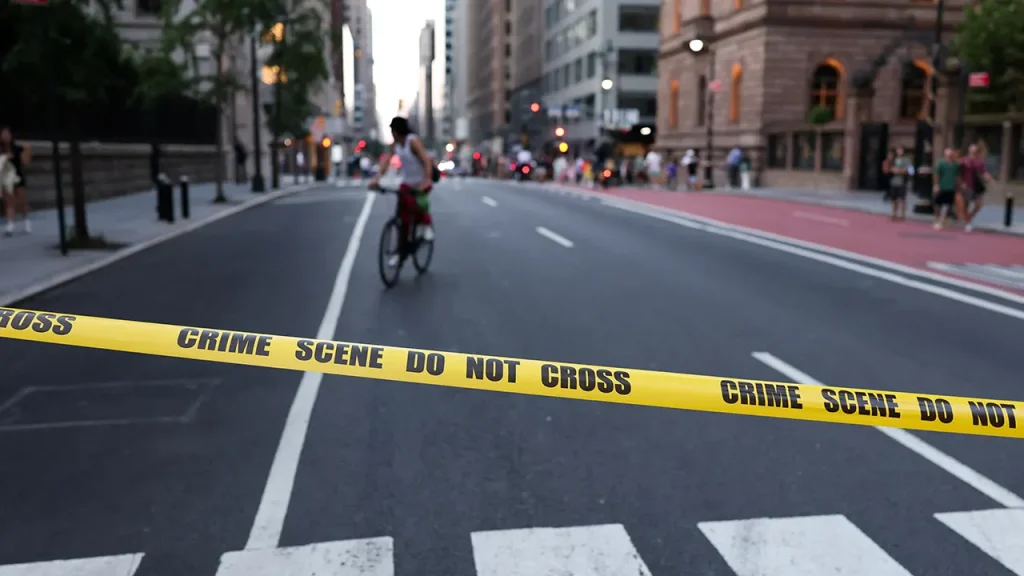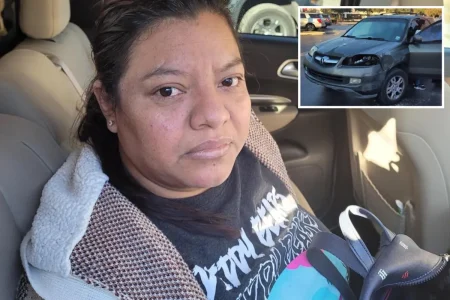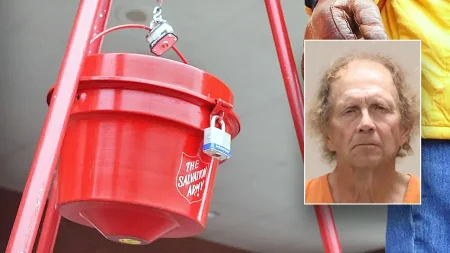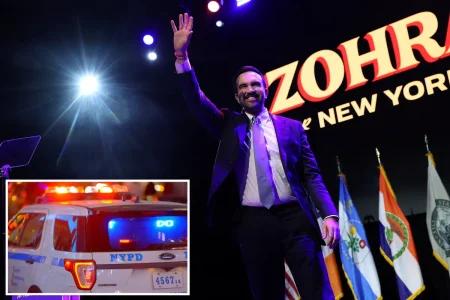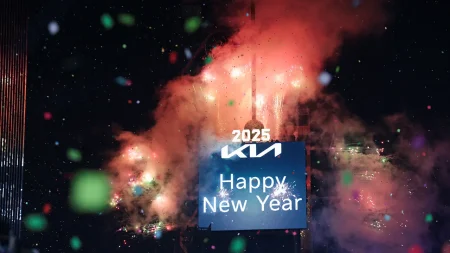Juvenile Crime Crisis in New York City: Gangs Exploiting “Raise the Age” Law
New York City is witnessing a troubling surge in youth crime, largely attributed to the state’s 2018 “Raise the Age Law.” This legislation, signed by former Governor Andrew Cuomo and supported by current Governor Kathy Hochul, increased the age of criminal responsibility from 16 to 18, effectively preventing many juvenile offenders from being tried as adults. The law also allows defendants up to 21 years old to be held in juvenile facilities rather than adult detention centers. According to Darrin Porcher, a former NYPD lieutenant, this well-intentioned reform has created a dangerous unintended consequence: gangs are now deliberately recruiting minors to commit serious crimes, knowing they’ll face lighter consequences if caught. “Juveniles are now being tasked with acts of violence that they weren’t part of years ago,” Porcher explained. “The organized faction of these gangs has now elevated the participation of juveniles in committing these crimes.” This strategic exploitation represents a calculated shift in criminal behavior, where gangs send 14-year-olds instead of 21-year-olds to carry out violent acts during gang conflicts, fully aware that younger offenders won’t face the full weight of adult prosecution.
The statistics paint an alarming picture of this trend. According to Mayor Eric Adams’ 2025 annual report, juvenile arrests for major felonies—including murder, rape, and assault—reached 5,623 in 2025, representing a 9% increase from the previous year. Even more concerning is the 80% jump in shooting victims under 18 since the law’s 2018 implementation. Gun arrests among juveniles hit a 25-year high in 2024, with the NYPD making 486 such arrests. Juvenile murder arrests have quadrupled since the law took effect, rising from just eight in 2017 to thirty in 2024. These numbers reflect not just an increase in youth crime but a shift toward more serious and violent offenses among younger perpetrators. The situation has created what Porcher describes as a perverse incentive structure: “The law is not helpful to the community and it also allows the gangs to incentivize these young adolescents to embark upon crimes in the city of New York.”
This crime wave comes at a politically sensitive moment as New Yorkers prepare to vote in an upcoming mayoral election. The current mayor, Eric Adams, a former NYPD captain who succeeded the progressive Bill de Blasio, has attempted to regain control over the city’s crime problems. However, the Democratic primary resulted in the nomination of self-described socialist Zohran Mamdani, who now faces competition from independent candidate and former Governor Andrew Cuomo, as well as Republican Curtis Sliwa. The election unfolds against a backdrop of continued violence, exemplified by a recent Harlem shootout involving three teenagers—two 15-year-olds and 18-year-old Damien Calhoun—who allegedly exchanged gunfire, leaving the younger teens wounded. The incident, captured on surveillance video, revealed troubling criminal histories among the participants: Calhoun had previously pleaded guilty to attempted murder, while one of the 15-year-olds already had an open violent felony case.
Mayor Adams has acknowledged the law’s contribution to the rise in juvenile arrests and its impact on the city’s youth. “Mayor Adams has been clear that the ‘Raise the Age’ legislation passed by the former governor has contributed significantly to both perpetrators and victims of violent crimes being younger,” a mayoral spokesperson stated. “That is why we continue to press state legislators to reform laws like these and ensure the public is safe and people are held accountable.” The administration points to higher rearrest rates among youth probationers and increased youth arrests for felonies as evidence of the law’s problematic outcomes. In response, Adams has committed to investing in community resources targeting gang violence, youth programs, and domestic violence prevention, though these initiatives have yet to reverse the troubling trends in juvenile crime.
The situation presents a complex challenge for both law enforcement and families. Porcher warns that parents may be completely unaware of their children’s involvement in gang activities, as these influences typically stem from social environments outside the home. “Ultimately, it’s those social constructs that the adolescent is a part of, whether they’re in school or just hanging out in the neighborhood that leads these adolescents to the nefarious behavior,” he explained. “And in many instances, the parents may not even know that that’s what their kid is doing unless they’re alerted by police. But a lot of times this stuff doesn’t come into the house.” This disconnect between parental awareness and youth criminal activity creates additional challenges for intervention efforts, as warning signs may not be apparent until after an arrest or violent incident has occurred.
The growing crisis of juvenile crime in New York City highlights the delicate balance between age-appropriate justice and effective public safety measures. While the “Raise the Age Law” was designed with the laudable goal of giving young offenders a better chance at rehabilitation rather than punishment, its implementation has created unforeseen vulnerabilities that criminal organizations are eagerly exploiting. As the city navigates its upcoming political transition, finding solutions that protect both young people and the broader community from violence remains a pressing challenge. The situation demands a nuanced approach that addresses both the underlying causes of youth crime and the specific ways in which well-meaning reforms can be manipulated by those with criminal intent. For now, New Yorkers face the sobering reality that children as young as 14 are increasingly involved in serious violent crimes, caught in a system that gangs have learned to exploit to their advantage.



